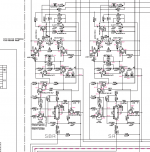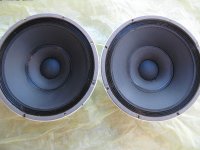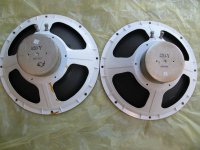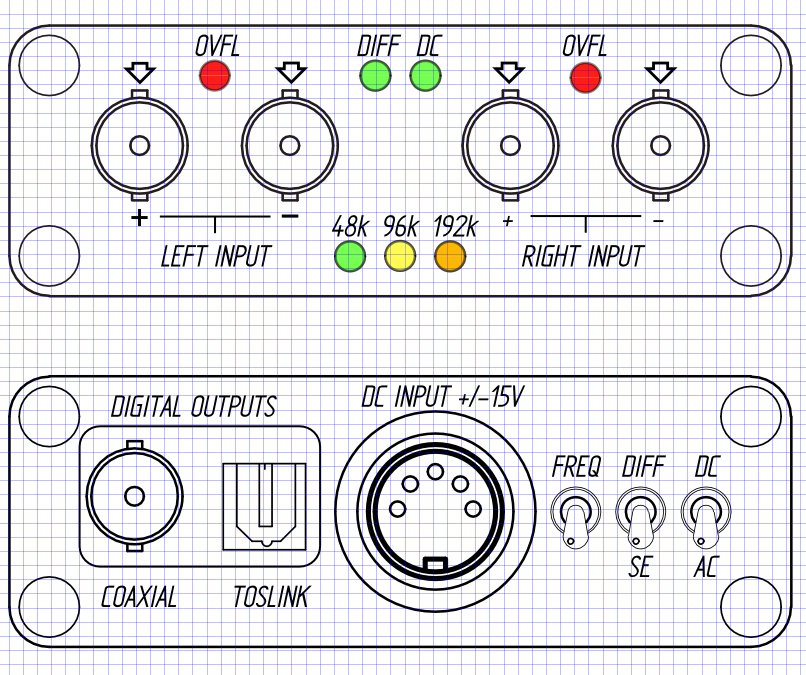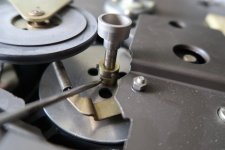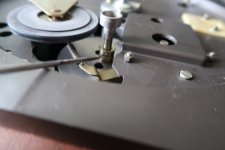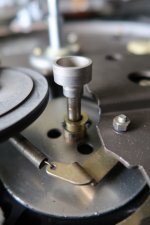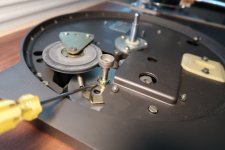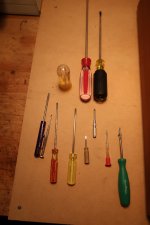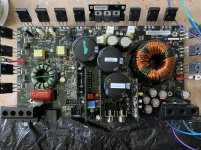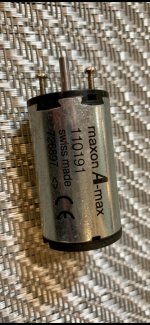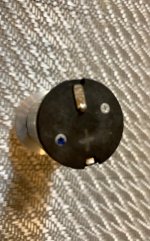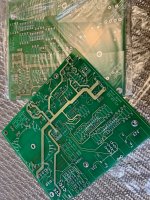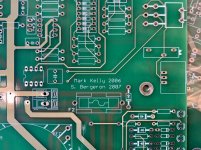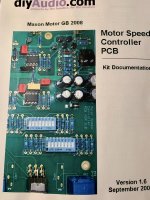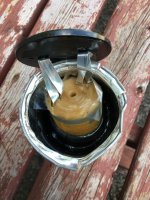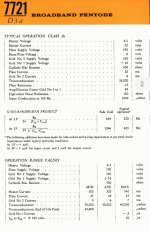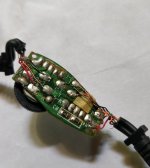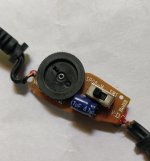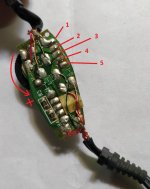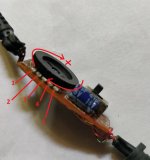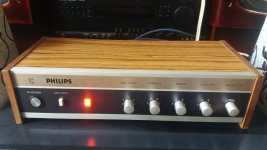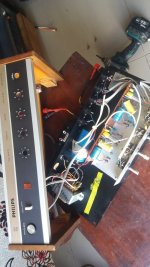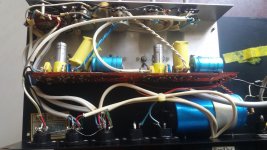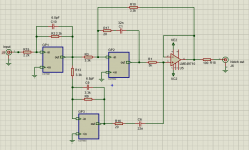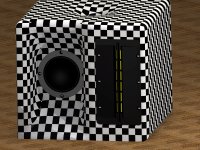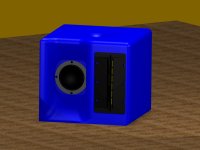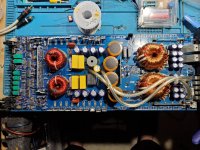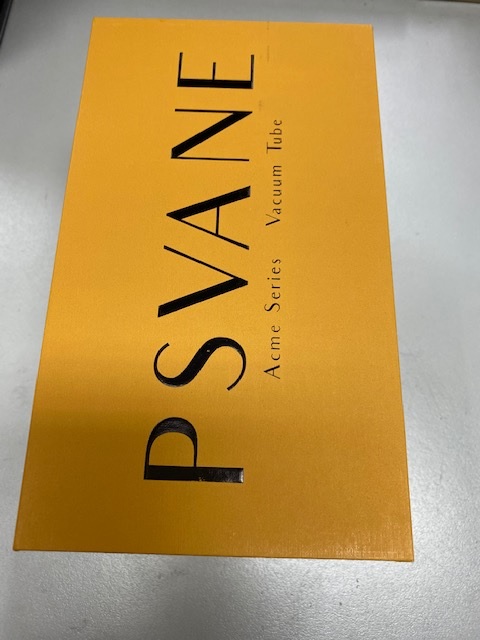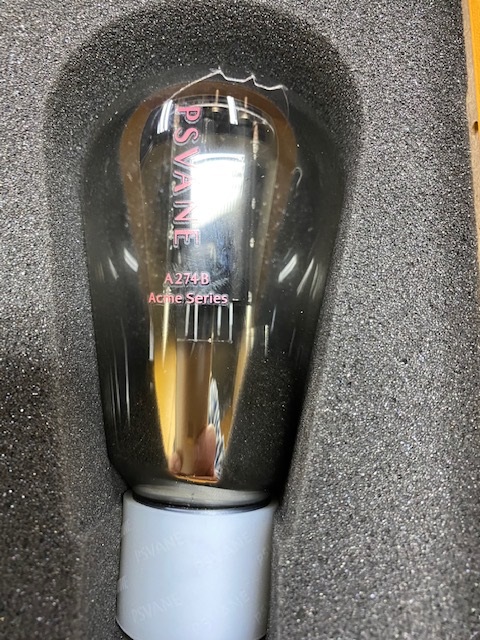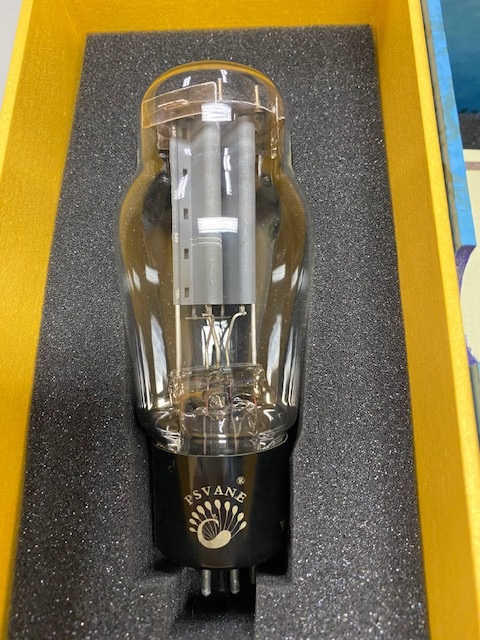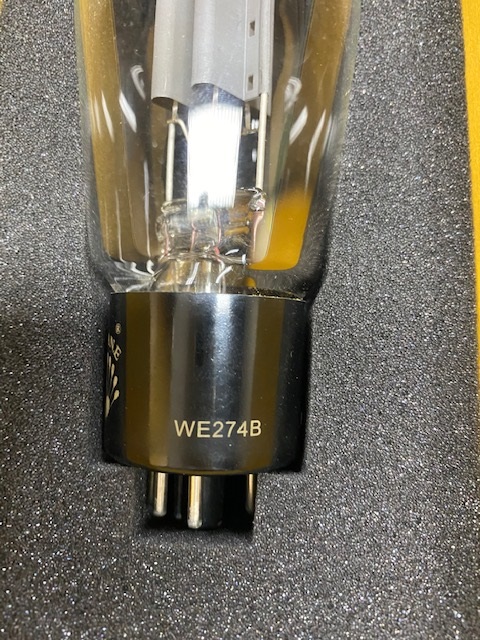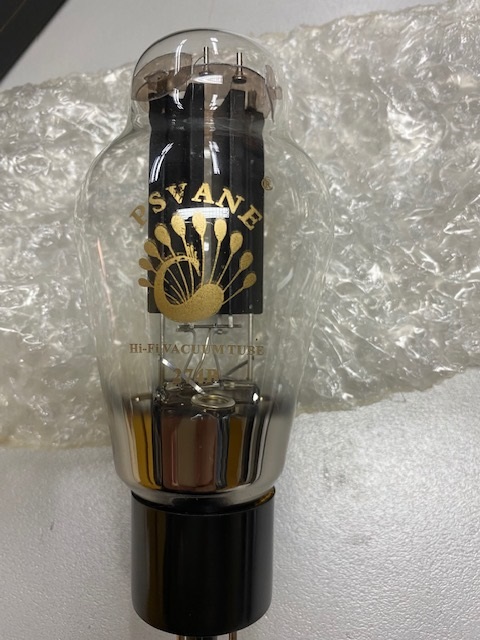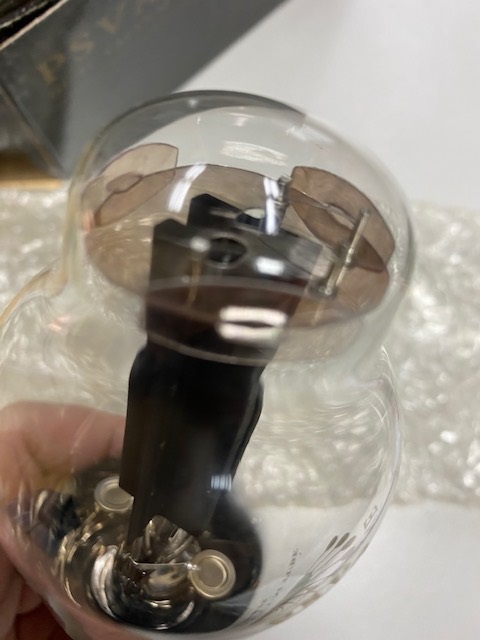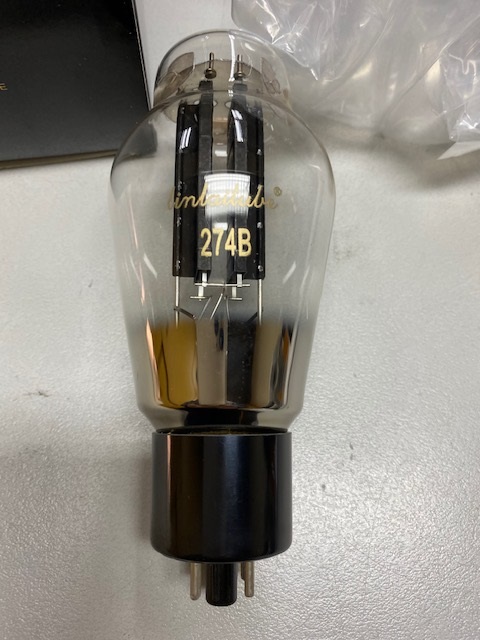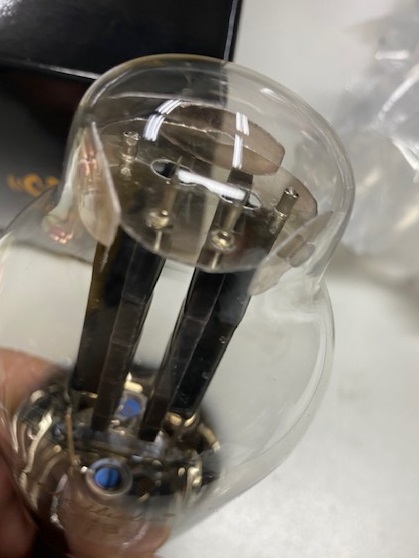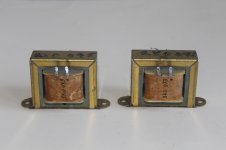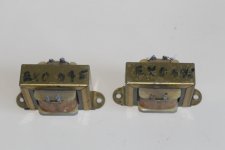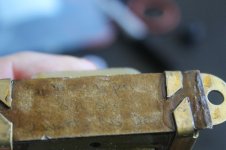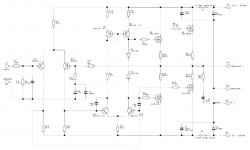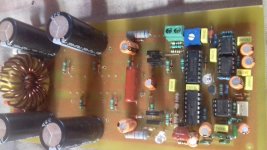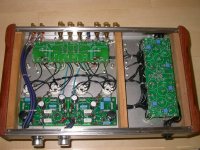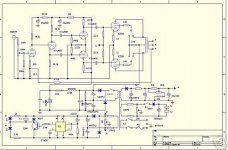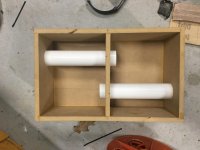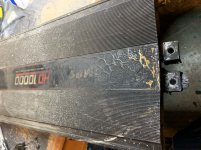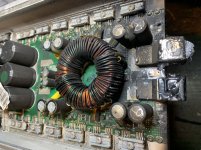Quarantine + spare MDF = Help me pick a design to build
I have some sweet MDF taking up space in my garage. I have some nice 1-1/8" panels that are 12" x 48" and plenty of 3/4".
Since I'm stuck at home anyway, I'm looking to fab some nice things. I don't need speakers. Not even sure if I'll get my money back if I sell them, but ever since I built my own C-notes last year I kinda have the bug.
Possibilities:
- Powered studio monitors since I am setting up a home studio
- tapped horn to stash under the couch for vibrating my butt when I watch a movie. My existing sub is surprisingly good down to about 25hz, so maybe something tuned to 20-ish to pick up some sub-sonic stuff?
- live performance monitors (powered or not)
- live performance loudspeakers for small venues (think like StagePass size, easily portable for jazz duo in a restaurant or guitar in a coffee shop.)
Since I'm stuck at home anyway, I'm looking to fab some nice things. I don't need speakers. Not even sure if I'll get my money back if I sell them, but ever since I built my own C-notes last year I kinda have the bug.
Possibilities:
- Powered studio monitors since I am setting up a home studio
- tapped horn to stash under the couch for vibrating my butt when I watch a movie. My existing sub is surprisingly good down to about 25hz, so maybe something tuned to 20-ish to pick up some sub-sonic stuff?
- live performance monitors (powered or not)
- live performance loudspeakers for small venues (think like StagePass size, easily portable for jazz duo in a restaurant or guitar in a coffee shop.)
